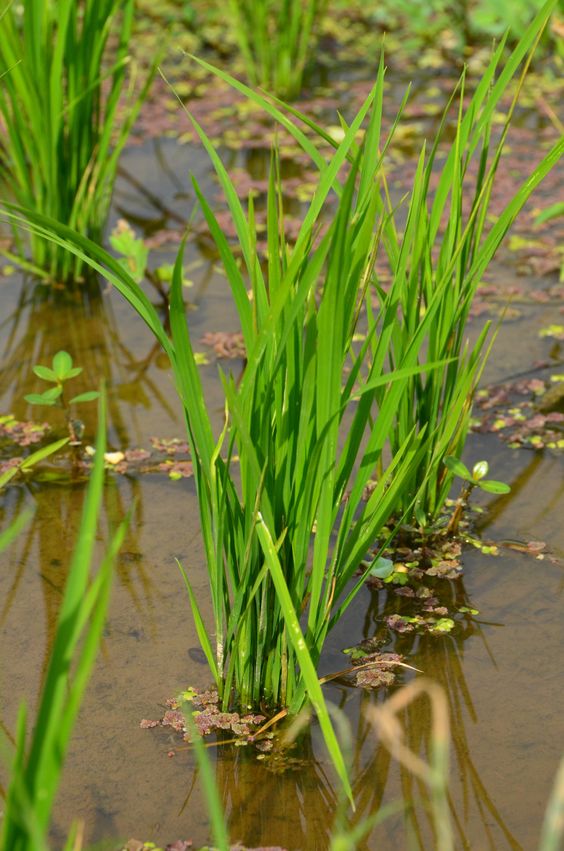Harnessing Technology for Nature’s Bounty: Fresh Sweet Potato Production in the Era of Smart Agriculture
Fresh sweet potato are a delicious and versatile root vegetable, boasting a vibrant orange color and a naturally sweet flavor. They are a rich source of vitamins, minerals, and dietary fiber, making them a popular choice for health-conscious consumers worldwide. In recent years, the demand for fresh sweet potatoes has skyrocketed, driven by increasing awareness of their nutritional benefits and culinary versatility. However, traditional sweet potato farming methods often face challenges, such as unpredictable weather patterns, inefficient irrigation practices, and pest and disease outbreaks. This is where Smart Agriculture, a revolutionary approach that leverages technology and data-driven insights, steps in to empower farmers and optimize sweet potato production.
Contents
Understanding Smart Agriculture
Smart Agriculture, also known as Precision Agriculture, is the integration of advanced technologies and information and communication technologies (ICT) into agricultural practices. It utilizes sensors, drones, satellite imagery, and big data analytics to gather real-time data on various aspects of the farm environment, including soil moisture, nutrient levels, pest activity, and crop health. This data is then used to make informed decisions regarding irrigation, fertilization, pest control, and harvesting, ultimately leading to increased efficiency, productivity, and sustainability.
Smart Agriculture for Fresh Sweet Potato Production
The application of Smart Agriculture holds immense potential for maximizing fresh sweet potato yields and profitability. Here’s how:
-
Precision Irrigation:
Traditionally, farmers rely on experience and intuition to determine irrigation schedules. However, this approach can lead to overwatering or underwatering, both of which can negatively impact sweet potato growth and quality. Smart Agriculture utilizes soil moisture sensors to monitor real-time water levels in the soil. This data is then used to create customized irrigation plans, ensuring that sweet potatoes receive the precise amount of water they need to thrive. This not only conserves water, a precious resource, but also minimizes the risk of waterborne diseases. -
Data-Driven Fertilization: Sweet potatoes require specific nutrients for optimal growth. Smart Agriculture employs soil testing and plant tissue analysis to determine the exact nutrient needs of the crop at different stages of its development. This information is then used to create customized fertilizer application plans, ensuring that sweet potatoes receive the right nutrients at the right time. This targeted approach optimizes nutrient use efficiency, reduces fertilizer costs, and minimizes environmental pollution from fertilizer runoff.
-
Pest and Disease Management: Pest and disease outbreaks can significantly reduce sweet potato yields and quality. Smart Agriculture empowers farmers with tools for proactive pest and disease management. By deploying insect traps and deploying drones equipped with multispectral imaging sensors, farmers can detect pest infestations and disease outbreaks early on. This allows them to implement targeted control measures, minimizing reliance on chemical pesticides and ensuring the production of healthy, high-quality sweet potatoes.
-
Environmental Monitoring and Climate Resilience: Climate change poses a significant threat to agricultural production, including sweet potatoes. Smart Agriculture utilizes weather stations and satellite imagery to monitor weather patterns and predict environmental changes. This data allows farmers to adapt their agricultural practices accordingly, such as planting drought-resistant sweet potato varieties or implementing measures to protect crops from extreme weather events.
-
Improved Farm Management and Traceability: Smart Agriculture empowers farmers with farm management software that integrates data from various sources, providing a holistic view of their operations. This allows for better planning, resource allocation, and decision-making. Additionally, Smart Agriculture can facilitate traceability, enabling farmers to track their sweet potatoes from seed to shelf, ensuring food safety and transparency for consumers.
Challenges and Considerations
While Smart Agriculture offers numerous benefits for fresh sweet potato production, it’s important to acknowledge the challenges associated with its implementation. These include:
-
Cost of Technology:
The initial investment in sensors, drones, and data management software can be a barrier for some farmers. Government subsidies and public-private partnerships can play a crucial role in making Smart Agriculture technologies more accessible. -
Digital Literacy: Effective utilization of Smart Agriculture technologies requires a certain level of digital literacy. Training programs and capacity building initiatives are essential to empower farmers to leverage these technologies effectively.
-
Data Security and Privacy: Data collected through Smart Agriculture practices is valuable and needs to be protected. Robust cybersecurity measures must be implemented to ensure data privacy and prevent unauthorized access.
Conclusion Fresh Sweet Potato
Smart Agriculture presents a transformative opportunity for the future of fresh sweet potato production. By embracing innovation and harnessing the power of data, farmers can optimize resource use, enhance crop health and quality, and build resilience against environmental challenges. As Smart Agriculture technologies become more accessible and user-friendly, we can expect to see a significant boost in fresh sweet potato production, contributing to food security and a more sustainable agricultural future




